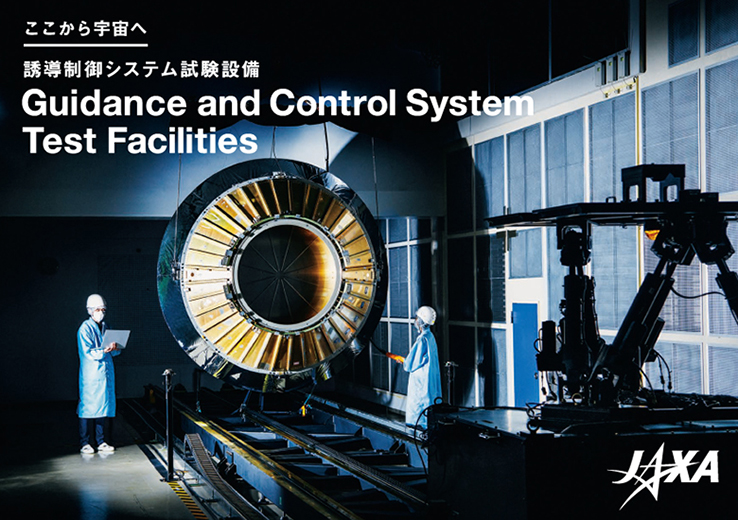Outline of our research
In this study based on the technology roadmap, we will utilize the strengths and characteristics of Japan, and, setting priorities based on innovation and future prospects, promote the following research as important themes to be tackled.
Gravity celestial landing technology
- Review of the concept and research on important issues such as insulating materials for suppressing the evaporation rate of cryogenic propellants for HERACLES mission, which is a technology verification mission for the purpose of manned lunar exploration
- Research on aero capture technology for exploring Mars
Gravity celestial surface exploration technology
- Development of a lithium ion battery with high energy density and a wide operating temperature range
- Research on the crawler type traverse mechanism suitable for traversing on a slope
Manned space stay technology
- Development of air and water regenerating technology that requires no water resupply
- Development of technologies for protecting astronauts against the severe deep space radiation environment

Supply technology in deep space (Rendezvous technologies in deep space)
- Research and development of a navigation senor system that includes highly accurate 3D LIDAR using Japan's advanced light sensor technology and a safe and robust relative navigation algorithm
- Research of making the orbit prediction semi-realtime and complete onboard
- Research of navigation guidance control technology for rendezvous and orbit transition to the neighborhood of the moon









